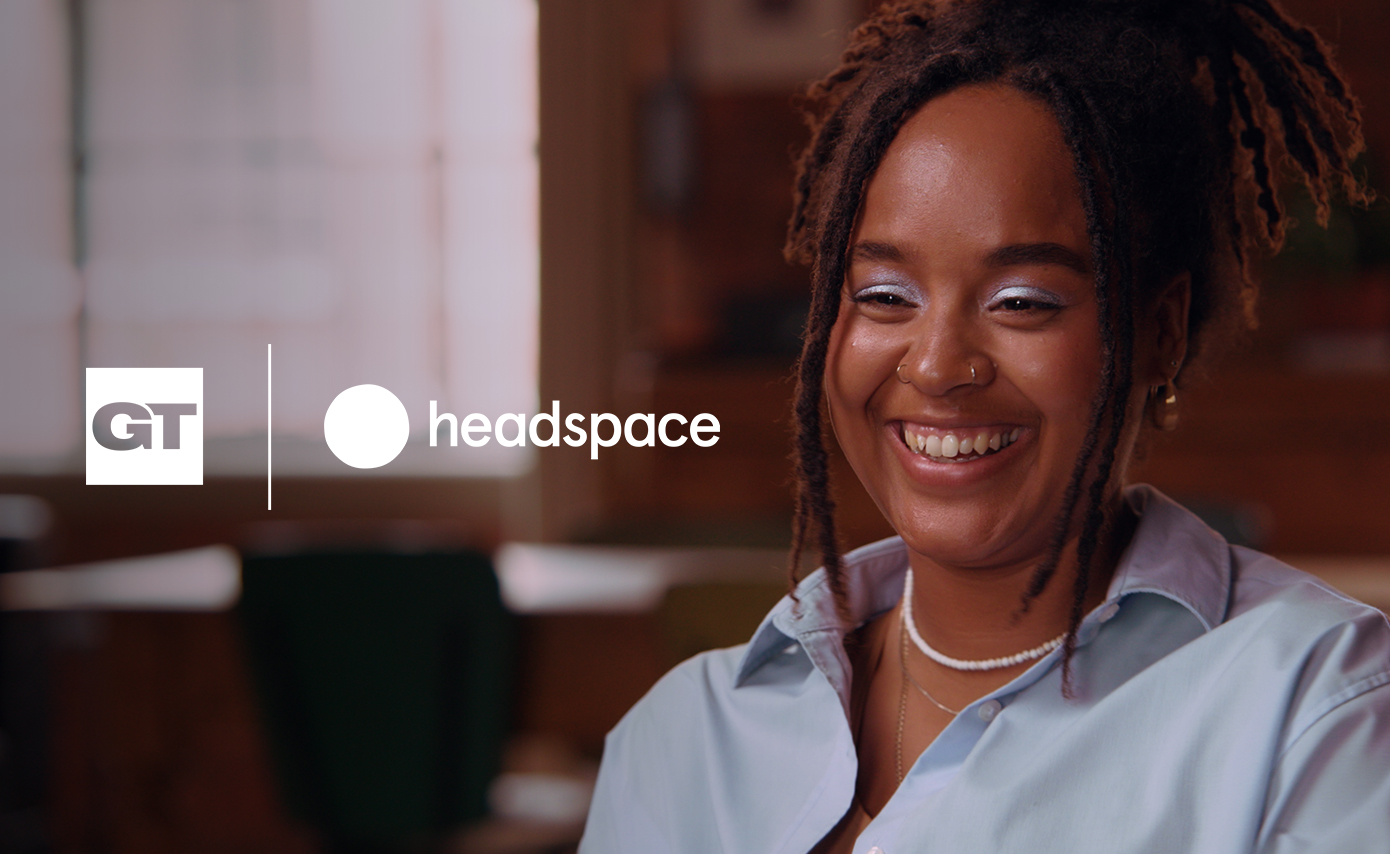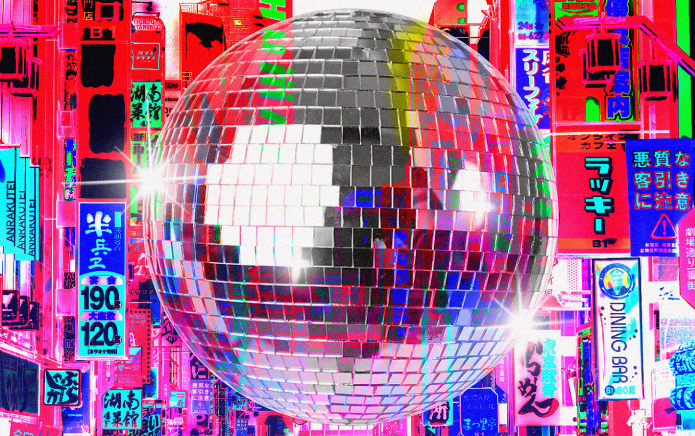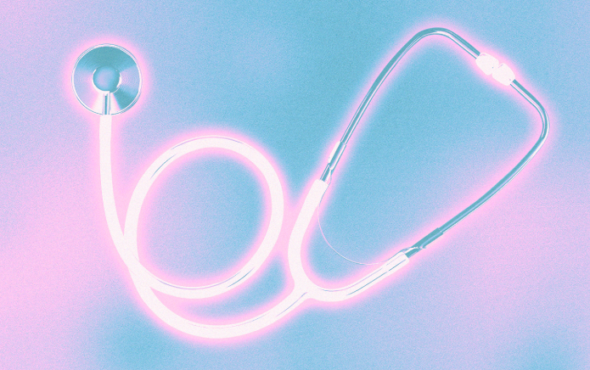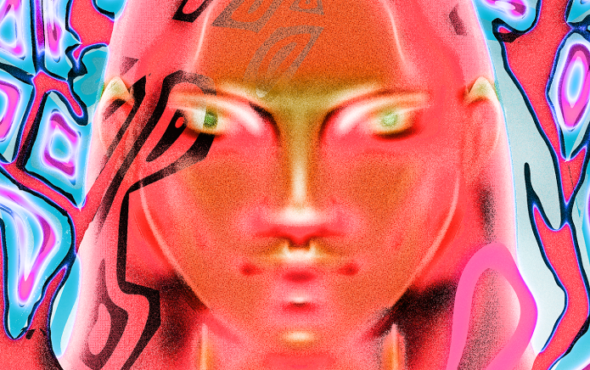
Every LGBTQ+ person knows that you don’t just come out once. Every time you visit a new place, start a new job or meet new people, you find yourself going through the process of having to disclose a part of your identity to people. Still, despite going through this process in perpetuity, queer people can still pin point their initial or most significant coming out moment, whether that’s coming out to yourself, friends or family. It’s a queer rite of passage.
But while almost all LGBTQ+ people have this shared experience where we have to reveal ourselves to the world, the details of a person’s coming out are all different. From the responses that we get from those around us to who we choose to share our queerness with, navigating how and when to do it only makes the process that much more nerve wracking.
Nevertheless, looking back at queer history over the last few decades, coming out remains a constant conversation. As this year marks 50 years since the first official Gay Pride event in the UK, GAY TIMES and Headspace have spoken to five different LGBTQ+ people about their coming out stories to gauge just how different, and similar, the coming out experience is today, and hopefully help any LGBTQ+ person on their own coming out journey.
When 61-year-old Andy Polaris came out it was the 1980s. It was a great time to be young, but being LGBTQ was difficult. “The first time that I told [people] that I was gay, the next question was: ‘Have you got AIDS?’” he recalls.
Andy was resolute: if his parent’s reaction was negative when he told them that he was gay, “I would be disowning them, not them disowning me”. When that moment came, his mum was dramatic. “She wasn’t hysterical,” he adds, “but it was really over the top. It took a long time for her to be less negative about it.”
Shiraz Dejbakhsh, who is in their early twenties, came out as a lesbian when they were only 13 and had a similar experience. Growing up in Bali, being gay wasn’t that accepted and they recall being surrounded by homophobia. When their mother found out by reading messages they had been sending to a girl, it didn’t go well. “She just thought it was unnatural and that it was not meant to be and that it would change in the future,” Shiraz recalls.
Despite happening decades apart, these two coming out stories demonstrate just how similar some people’s experiences can be. While we consider society to be more open and accepting of LGBTQ+ people today, homophobia and transphobia are still real issues that affect many people when they come out. Still, Andy doesn’t hold anything against these people. “I don’t really blame a lot of people for being homophobic,” he says, “because the information that they had was always negative anyway.”
Of course, some people’s coming out stories are positive. 28-year-old Calypso Barnum-bobb had been with a guy for seven years and hadn’t really considered that she was queer, until she realised that she had fallen in love with her best friend, who was a woman.
“When I told my mum my heart was racing,” she says. Her mother, however, had already figured it out. “I was like, ‘You probably knew before I even knew! Why couldn’t you have just told me that I was queer?’”
Stephan Kyriacou, who is 27, had a similarly affirming experience when he told his sister that he was trans. “One of her first responses was, “Oh, well that’s lovely. I’ve always wanted a brother,’” he remembers. “I knew she was going to be okay with it, but I didn’t know she was going to say something like that.”
What’s clear, however, is that being closeted can have a real negative impact on an LGBTQ+ person’s mental health. “I was very scared about what my family would think, what my friends would think,” says 37-year-old Scott Beasley, who came out when he was 28. “That had built up over years and years. I wanted to lead the life that everybody else did. Go out with people, be in relationships, settle down. All of those things, I told myself I couldn’t have. There were some very dark times and I, on several occasions, considered whether life was worth living.”
View this post on Instagram
Both Scott and Stephen emphasise how different it would have been if they had known that after coming out people would have accepted them. Indeed, according to Stonewall, only around half of LGBTQ+ people feel able to be open about their sexuality or gender identity with everyone in their family.
Still, how people may react shouldn’t prevent someone from coming out, as long as it is safe to do so. In Shiraz’s case, while their family may not have been accepting, they have created their own chosen family, which they say has made them extremely happy.
Scott also believes that coming out helped save his life during dark times, and he wishes that he’d done so sooner. “Just imagine how exhausting it is, not being able to be honest with the people that you care about the most,” he says. “I just hope for younger people and for other people thinking about coming out that they’re able to do it a lot earlier than I did because I think my life would have been a lot better.”
Discovering and creating a queer community for themselves is one thing that every person Gay Times spoke to believes was fundamental to their coming out journey. “I found myself being grateful and glad that I did stick around to see it,” says Stephen.
The stories told here don’t negate how difficult coming out can be, however. As Scott says, while coming out was wonderful, it was also traumatic. Thankfully, there are things that LGBTQ+ people can do to cope while they’re on their coming out journey.
Spending time with people who appreciate and celebrate you for who you are makes all the difference. Headspace can also be beneficial for those moments when you’re struggling with your mental health. For Pride, Headspace have developed a specific collection of support, material and content for LGBTQ+ people, including single meditations around Authenticity and Pride Affirmations, tools that can help LGBTQ+ person create life-changing habits to support their mental health and find a healthier, happier version of themselves.
What’s most important, though, is learning to accept yourself, something Andy admits is a life-long process. But as Calypso says: “That very thing that you’re struggling with is your superpower.” After hearing five decades of coming out stories, that absolutely still remains the case today.
Headspace and GAY TIMES have partnered on a collection of meditations and videos to illuminate the community’s stories, foster allyship, and celebrate the LGBTQIA+ experience. For a 30-day free trial of Headspace, visit headspace.com/pride. If you’re struggling with coming out, you can contact Switchboard LGBT+ helpline on 0300 330 0630 for advice.



